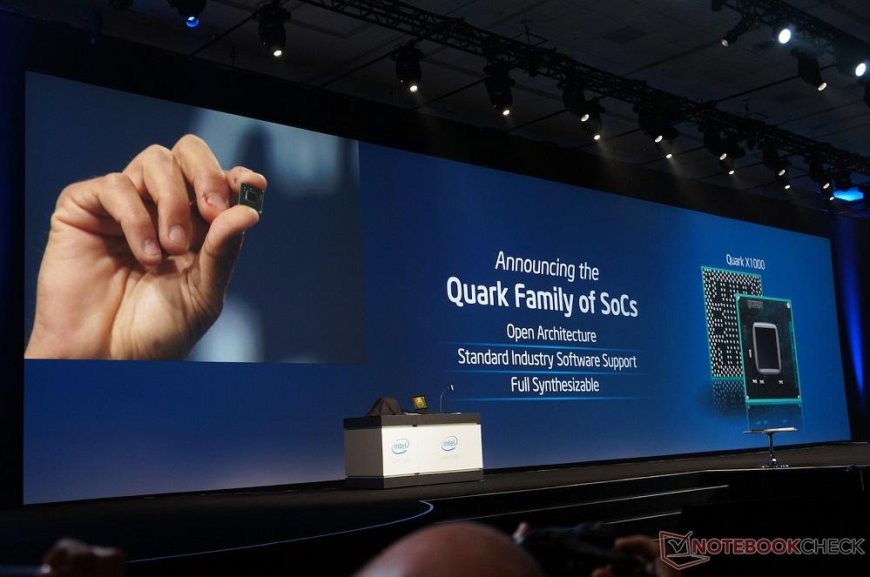At last! Intel overcame the 14nm of the technological process

It might seem that Intel and 14nm processors are a never ending story. It turns out that this is a thing of the past - the old technology is slowly becoming obsolete and is being replaced by newer, 10-nanometer lithography.
As some of you probably remember, Intel initially had huge problems with the implementation of the new technological process - although the first 10-nanometer processors appeared in 2018, most of the systems were still produced in 14-nanometer lithography (constantly improved). The producer, however, came out of the crisis and boasted about new achievements.
Intel is rearranging the production lines - the blue is dominated by 10 nm
During the last financial report, Pat Gelsinger praised the latest achievements in the production of processors - Intel factories already produce more 10nm silicon wafers than 14nm silicon wafers, and the cost of their production is 45% lower than last year's statistics. Importantly, the production of 10-nanometer semiconductors is expected to increase over time.
IDM 2.0 program, network of factories produces more 10nm than 14nm wafers. As the 10nm volume grows, the economy improves, the cost of the wafer is 45% lower compared to last year, and there will be more in the future.
Must Read: Be careful what you connect
Increasing the production capacity is certainly an important milestone in the "blue" strategy. Some concerns, however, may be raised by the fact that the head of Intel did not disclose details about the yield of 10-nanometer processors (greater production of wafers does not have to coincide with greater production of efficient processors).
The era of 10nm processors is coming
After all, the information disclosed bodes well for the future and heralds an increase in the production of new generations of processors - 10-nanometer lithography already produces mobile Core 11th generation (Tiger Lake-U / -H) and server Xeon Scalable 3rd generation ( Ice Lake-SP).
Of course, this is just the beginning of the manufacturer's plans! Soon, they will also be joined by mobile and desktop 12th generation Core processors (Alder Lake-M / -S), as well as Xe generation HP and HPC graphics systems. Over time, 10-nanometer lithography (and the next, lower ones) should replace the old, legendary "fourteen".
